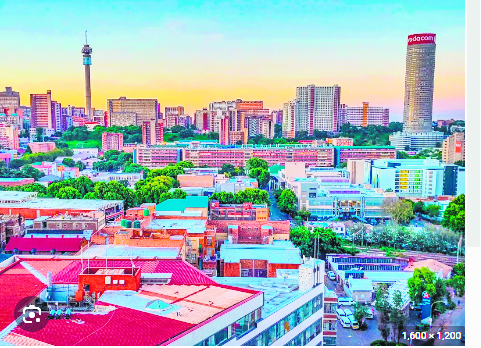
Water crisis getting worse in South Africa’s biggest city Johannesburg.
Actually, the water allocation for each province is based on the amount available in the dams (which must also supply our future needs) and the number of people in that province. Currently the Vaal Dam is 70 percent full.
Rand Water – the area’s bulk water supplier – buys the water from the Department of Water and Sanitation, which will only sell a certain amount to it. Rand Water takes water mainly from the Vaal Dam – the region’s biggest – and treats it to potable quality. It then sells the water to Johannesburg and Pretoria (and other cities and towns) which are in Gauteng, the smallest of South Africa’s nine provinces and its industrial heartland.
The cities sell the water to their residents through their distribution systems.
Rand Water is not allowed to supply more than the amount set by the Department of Water and Sanitation. But there is a mismatch between what’s allocated by the national government and what’s needed on the ground. This is because the national government takes into consideration future needs.
Why can’t new dams be built to supply more water?
This is the plan. But the next phase (Phase 2) of the Lesotho Highlands Scheme is eight years behind schedule. The Lesotho Highlands Water Project is a multinational project to provide water to the Gauteng region of South Africa and to generate hydro-electricity for Lesotho. Work on the dam design started in 2017 and tender design was completed during 2020. Construction is expected to be completed with commissioning expected in 2028.
This eight-year delay roughly coincided with a period during which the population of Gauteng grew from 12 million to 15.1 million people. In 2023 the province had the same amount of water storage for a population that had grown by over 3 million people (or 25%), because the dam was not built.